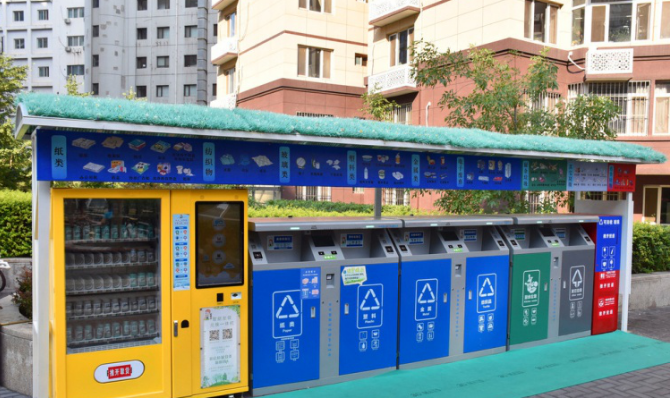
1.Why is the amount of trash countries produce expected to rise?
A Because of the growth of population and urban areas.
B Because of a large amount of trash in developed countries.
C Because of a large amount of trash in developing countries.
D Because of the increasing amount of trash families and individuals generate.
解析:选A。细节理解题。根据第一段Due to population growth and urban areas growth, the amount of trash countries produce is only expected to rise可知,由于人口增长和城市地区的增长,预计垃圾国家产生的数量只会增加,故选A。
2.In developed countries, 30% to 35% of the generated waste includes the following EXCEPT______.
A building construction
B renovation
C demolition processes
D residential trash
解析:选D。细节理解题。根据第二段residential trash is only a fraction of the garbage produced by certain industries.和Between 30% and 35% of the total amount of generated waste in most developed countries is attributed to building sector activities such as building construction, renovation, and demolition processes可知,在大多数发达国家,30%至35%的垃圾来自建筑行业活动中的建筑施工、翻新和拆除过程,并不是来自居民垃圾,故选D。
3.What can we infer from the third paragraph?
A Many countries know the importance of properly and safely disposing of trash.
B Many developing countries are focusing on advocating recycling.
C Many countries face challenges to dispose trash properly and safely.
D Some states in the United States will even pay residents to recycle.
解析:选C。推理判断题。根据第三段的内容可以推出很多国家在处理垃圾上都面临很多挑战,不管是发展中国家还是发达中国家,故选C。
4.What is the main idea of the last paragraph?
A Garbage classification.
B Ranking of garbage survey.
C Waste recovery and utilization.
D Garbage disposal in different countries.
解析:选B。主旨大意题。最后一段是一份关于各个国家的垃圾数量调查排名报告,故选B。